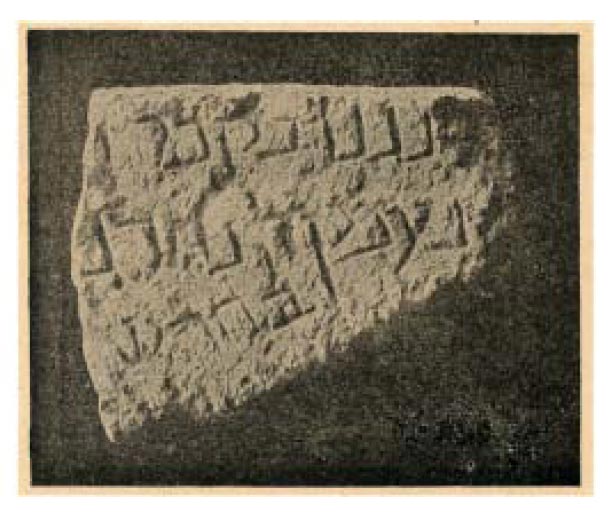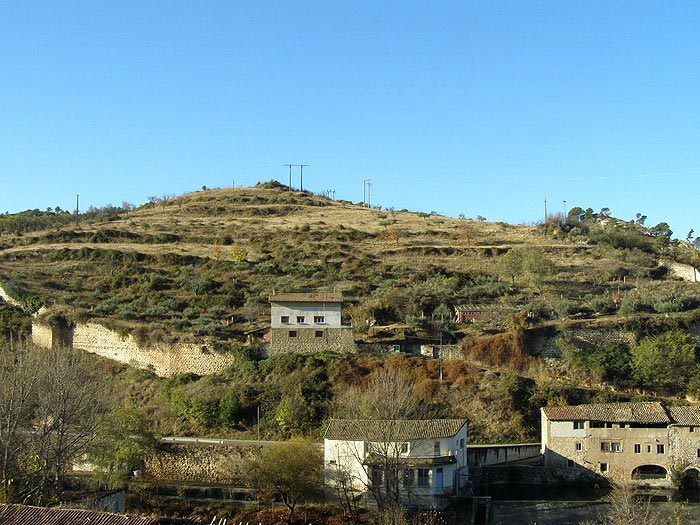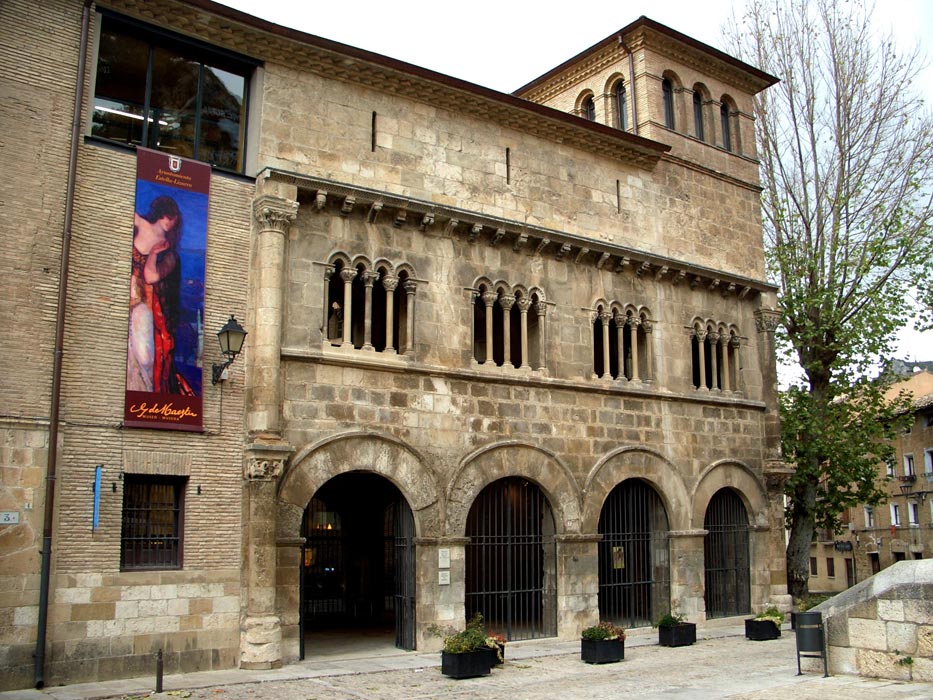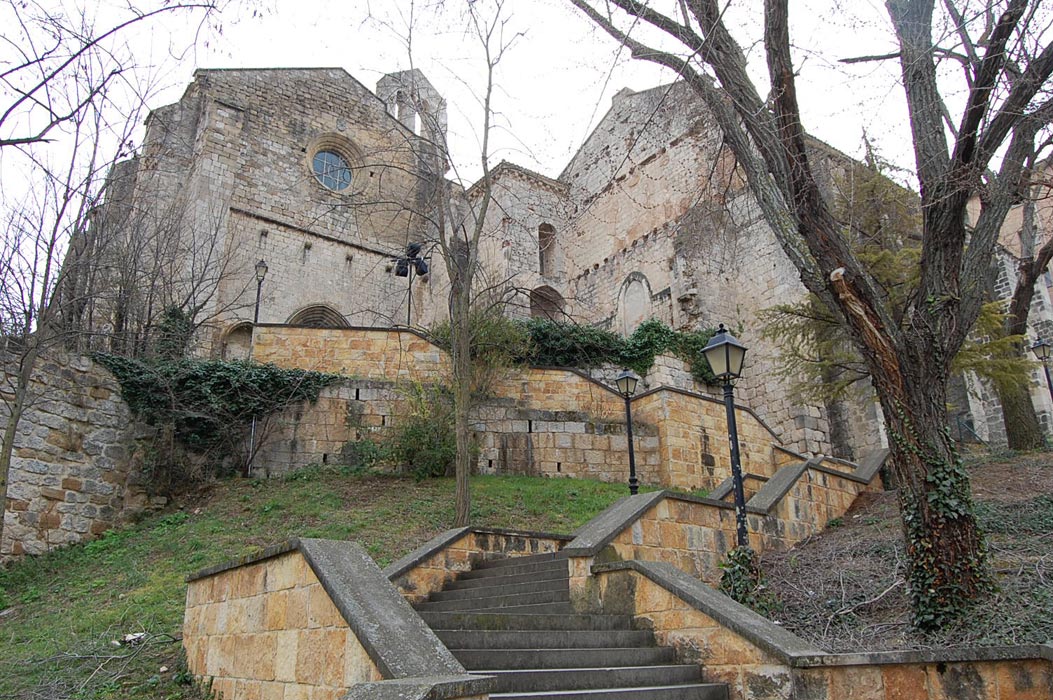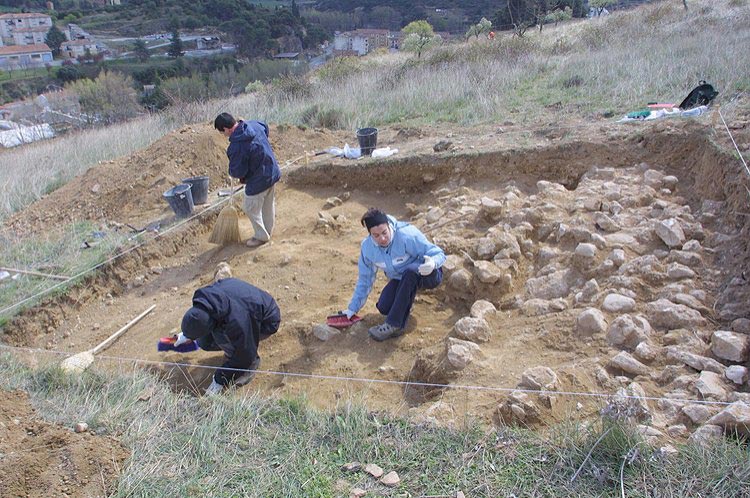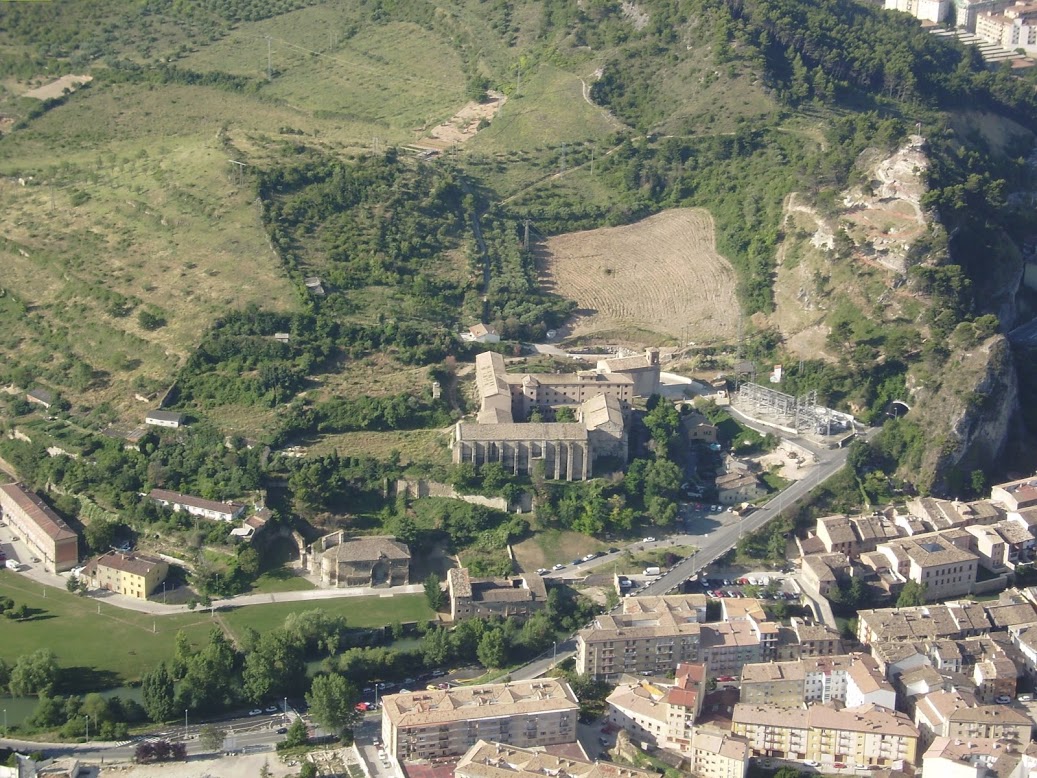
Elgacena street recalls the name of the original Jewish district of Estella. Although the first document which mentions the OlgacenaJewish quarter stems from 1135, the Charter of 1090, inspired by that of Jaca and granted by Sancho V, already refers to Moslems and Jews being settled in the area. At that time, the Jewish quarter was only linked to the San Pedro nucleus and the castles' defences as the districts on the other side of the river did not merge with the latter into a single municipality until 1266.
That first settlement of Jews was increased in the second half of the 12th century with the arrival in Estella of new residents essentially dedicated to commerce and in the service of receiving the pilgrims who were going from France to Santiago, boosting the growth of the city in which the Jewish collective started to gain increasing importance. And until the 13th century it was regarded as enjoying the greatest prosperity both of Estella and its Jewish quarter.
Historic documentation tells us that in 1135 the Jewish quarterhad already been abandoned and the space it had previously occupied was donated to the barons of Estella by the King of Navarre García Ramírez the Restorer and in 1145 the crown donated the former synagogue to the bishop of Pamplona so he could build a church devoted to St. Mary and All Saints (today Jus del Castillo).


